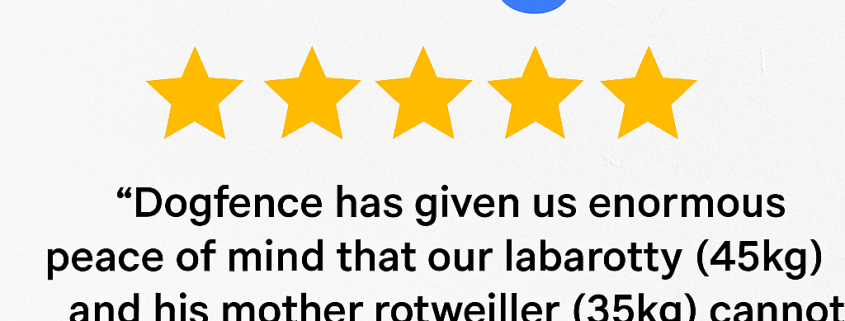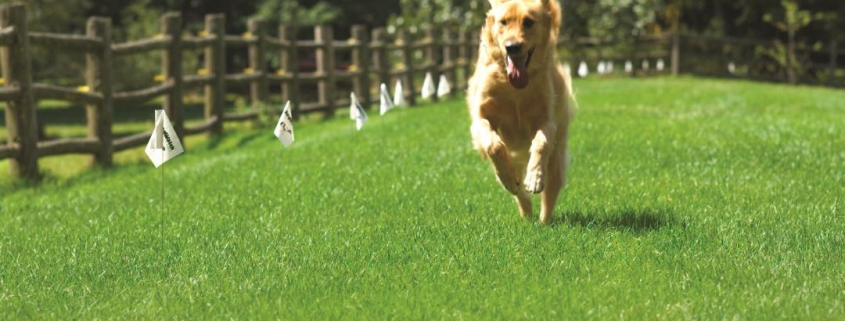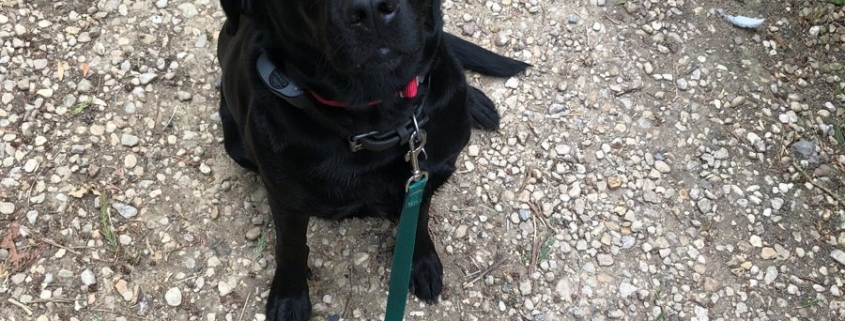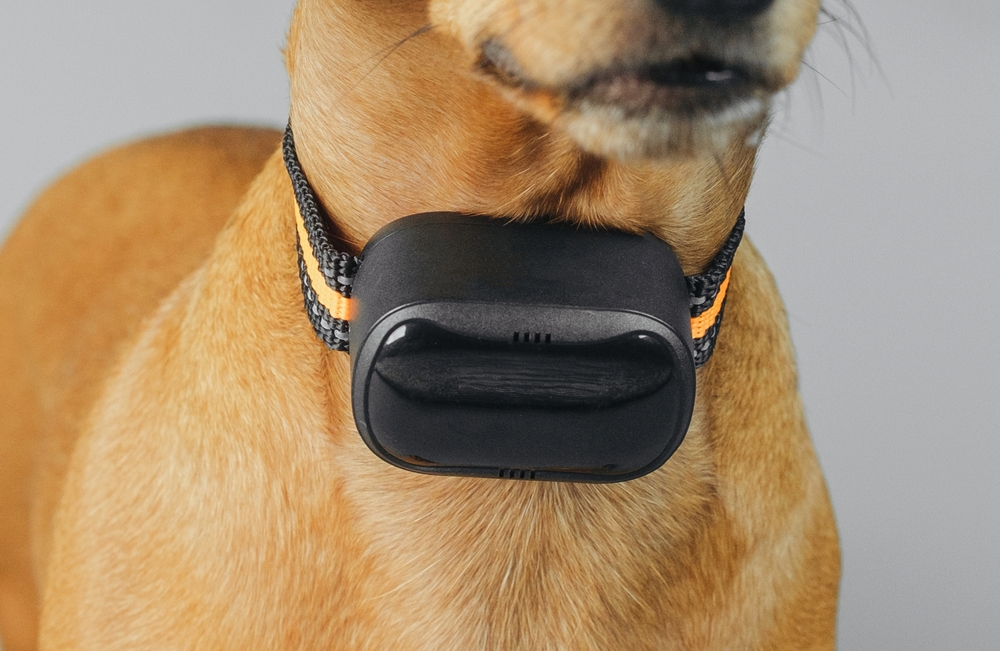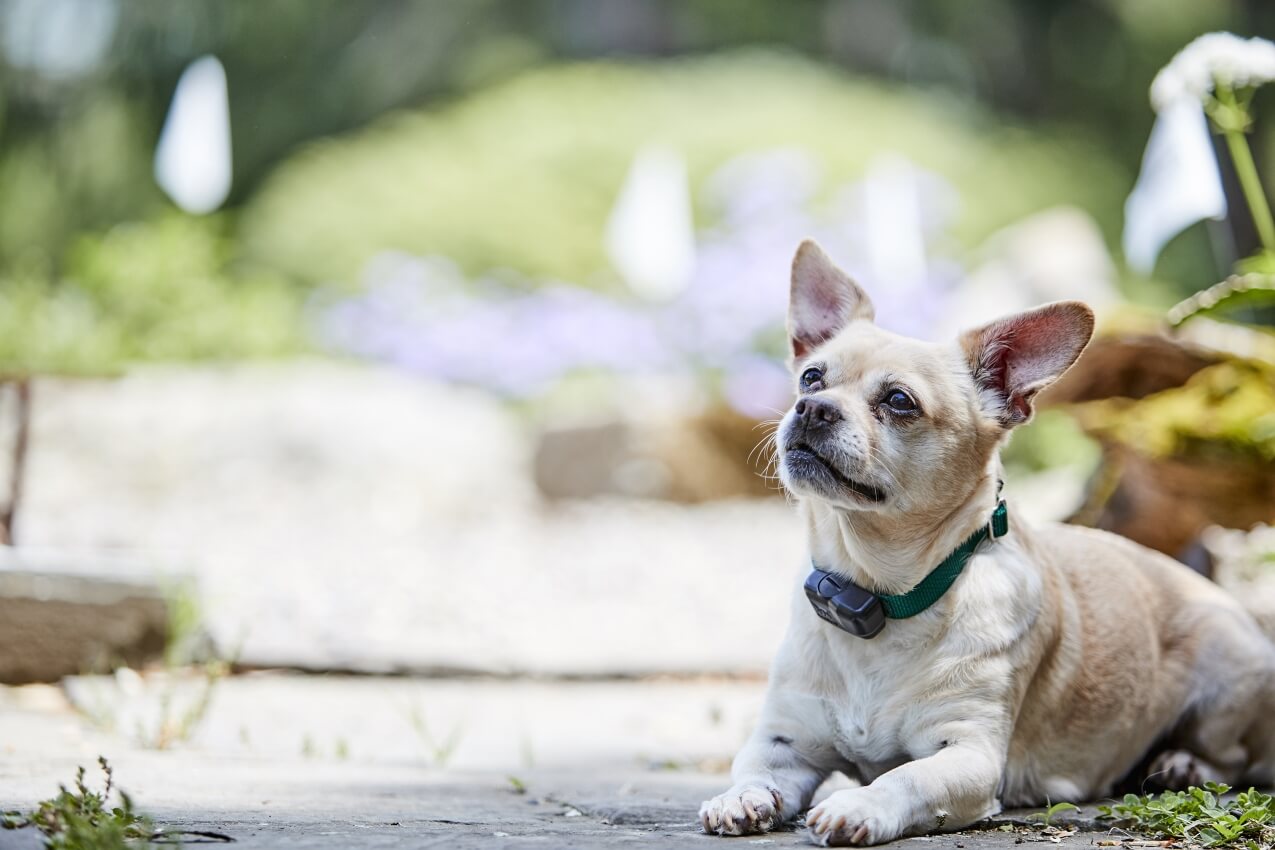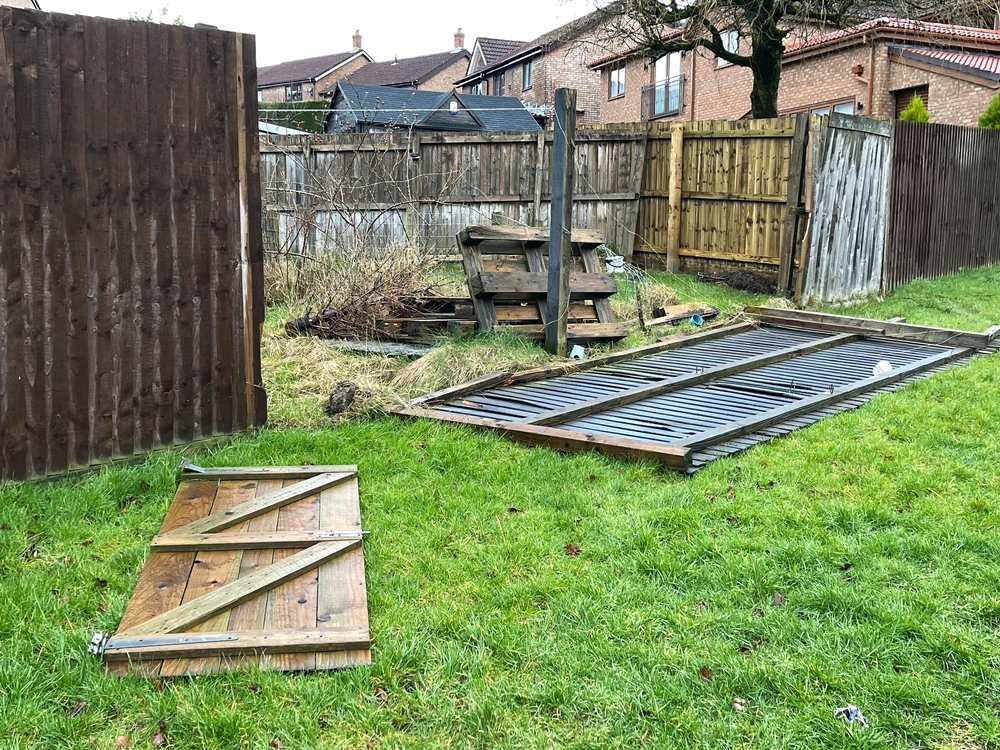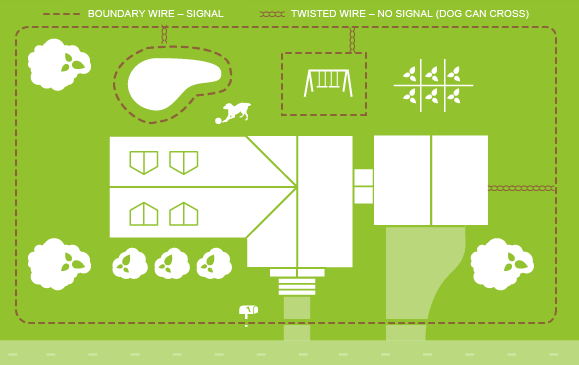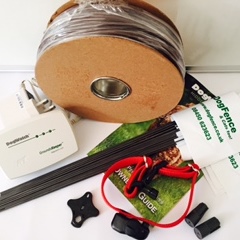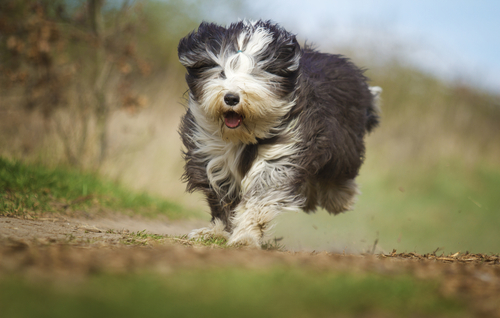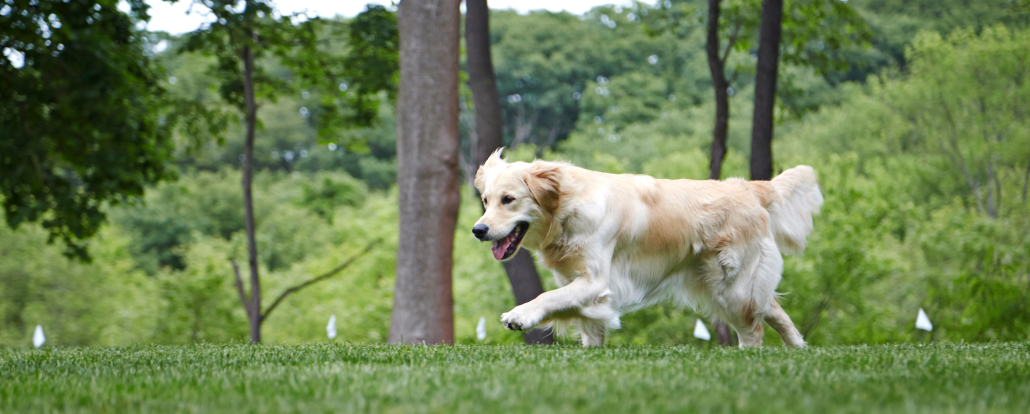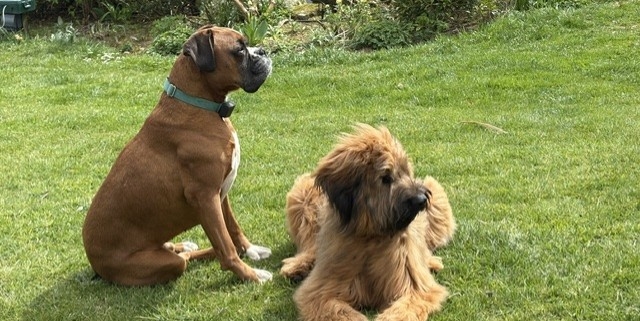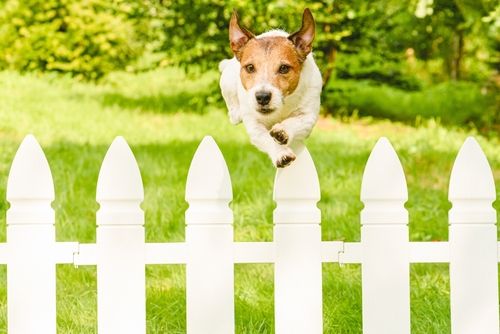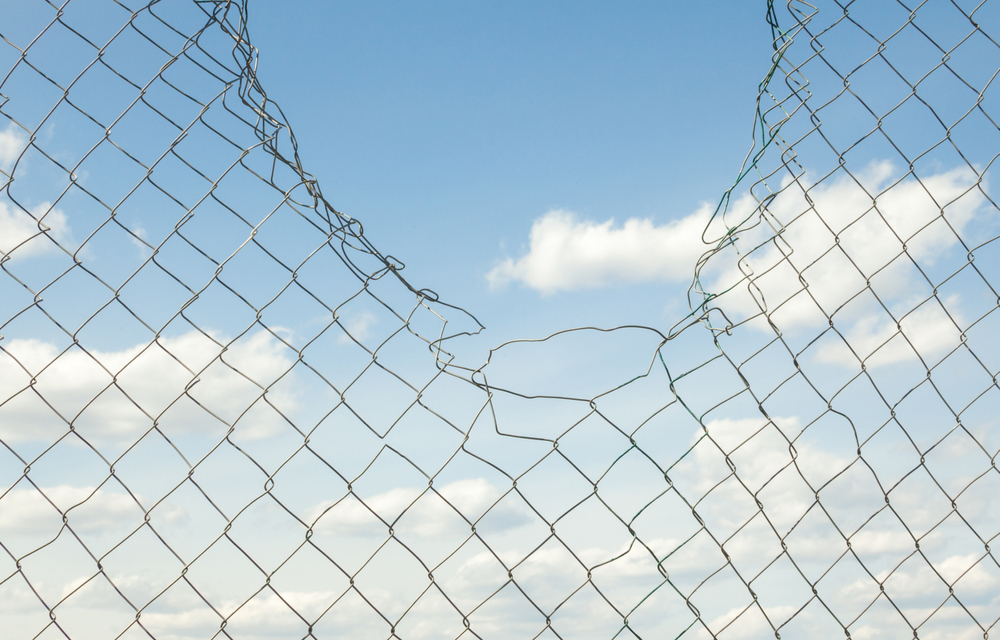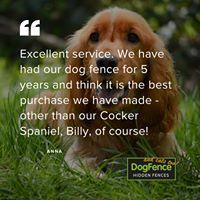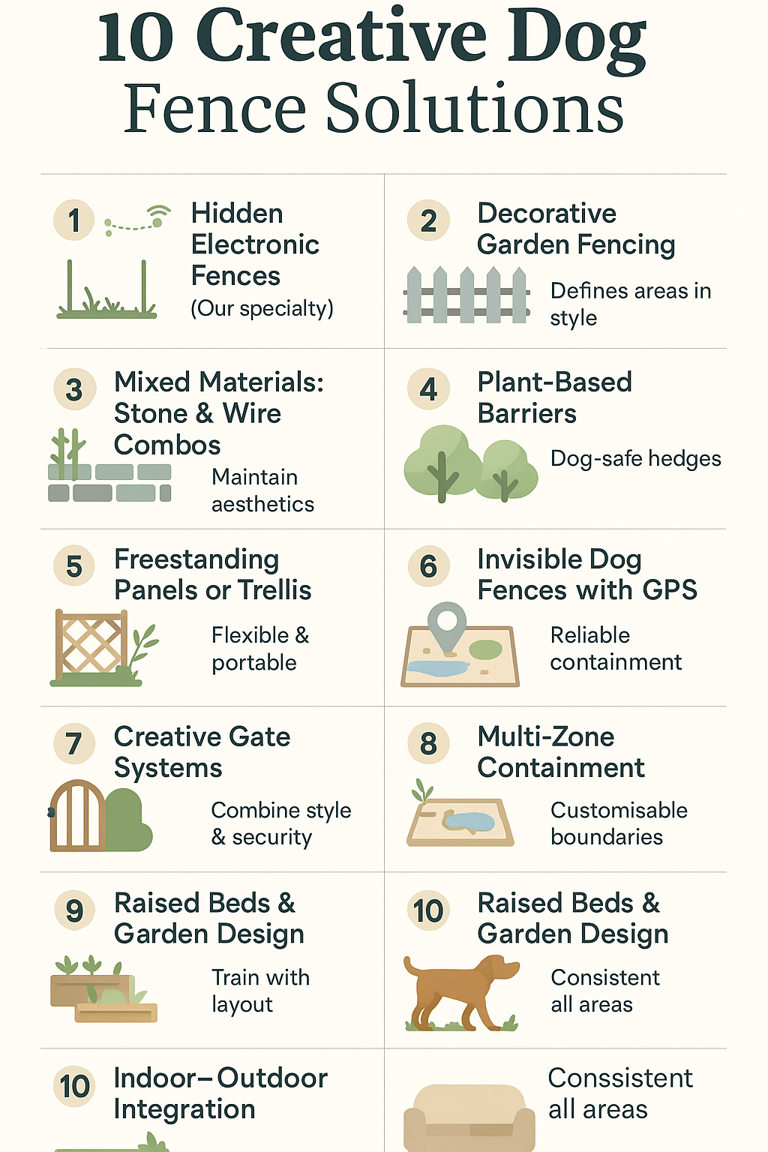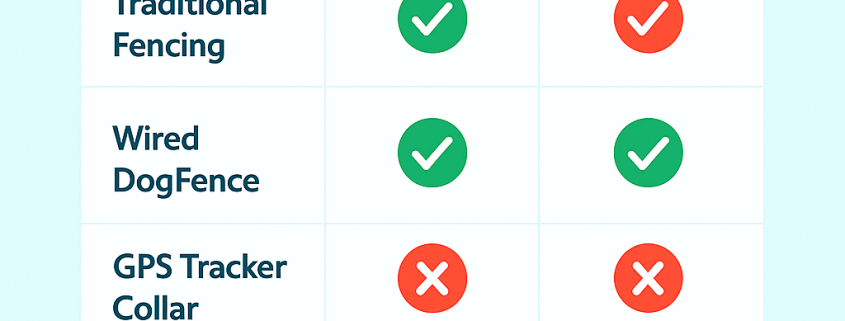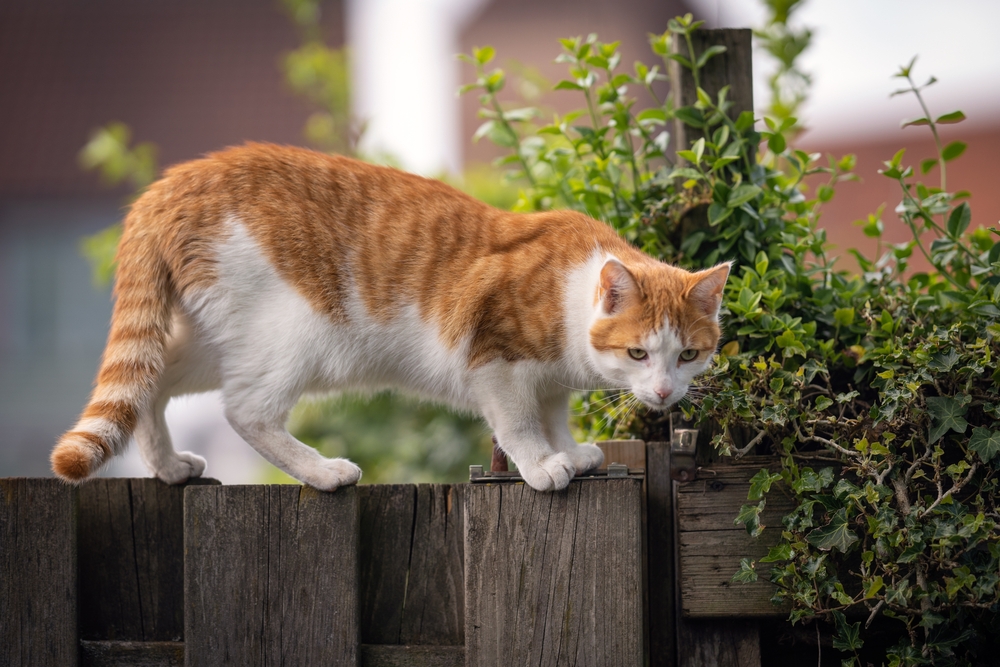Dog Fence Reviews | Real UK Customer Testimonials & Stories
Dog Fence Reviews: Real Stories from Happy UK Pet Owners
When looking for a reliable way to keep your dog safe at home, reading dog fence reviews is the perfect place to start. Choosing a pet containment system is a big decision, and hearing directly from other pet owners can give you confidence.
At DogFence, we’ve helped over 20,000 dogs and cats enjoy safe freedom across the UK. But don’t just take our word for it — here’s what our customers have to say.
Trusted by Thousands of UK Pet Owners
Amy Knowles
Thank you Dogfence
Sarah & Stuart H
“We installed our DogFence in 2009 when we moved to the country with our three dogs. We didn’t want traditional fencing and were recommended DogFence by a friend. After one session, all three dogs understood the boundaries and have never escaped since. The same collars still work years later, and the service has been fantastic whenever we needed help. We can’t recommend them enough — it gives us complete peace of mind.”
David T.
“Having a DogFence installed was the best decision we ever made for our Springer spaniel. Before, she would constantly run off into the fields and worry livestock. Since installing DogFence, she stays happily within our large garden and enjoys her freedom. The team was fantastic — professional, friendly, and extremely knowledgeable. We’ve had no escapes, and our stress levels have massively reduced!”
Sally G. — Dorset
“I cannot recommend DogFence enough. We live on a farm, and our Jack Russell was a real escape artist. No amount of normal fencing would keep her in. DogFence installed the system quickly, and the training session was clear and easy. She learned the boundaries so fast. Now she’s safe and free to roam, and we no longer panic every time we open the door. Thank you, DogFence!”
Mark & Jane
“We tried everything to stop our beagle from escaping: tall fences, chicken wire, even supervision. Nothing worked. We found DogFence online and decided to try it as a last resort. It has transformed our lives — no more escape attempts, no more worrying about cars or neighbours. We wish we had done it years ago!”
Mr. P. — Oxfordshire
“After trying GPS collars with no success, we chose DogFence. Best decision ever! Our spaniel stays safely in the garden and we have peace of mind. The GPS collars we used before were unreliable and didn’t give us the confidence we needed. Since switching to DogFence, our lives have completely changed. We no longer worry about escapes, and our dog can enjoy his freedom safely. We would recommend DogFence to anyone with an escape artist!”
Rachel P
“We were initially sceptical about using an electronic fence, but after thorough research and speaking with the DogFence team, we decided to go ahead. It was one of the best investments for our dog’s safety. Our golden retriever loves being outside, and now he can be with us all day without us worrying. We feel so much more relaxed, and he’s happier too.”

Enjoying safe garden freedom thanks to DogFence — read more in our dog fence reviews
How Does DogFence Work?
Many customers mention in their dog fence reviews that they were unsure at first — but after seeing it in action, they were amazed.
DogFence uses a discreet wire installed underground to create an invisible boundary around your garden or property. Your dog wears a lightweight, comfortable collar that communicates with this hidden fence. During a personal training session, your dog learns where the boundaries are and quickly learns to respect them.
Our system is DEFRA-approved, safe, and recommended by vets and behaviourists across the UK.
Learn more about how DogFence works here.
Short Dog Fence Reviews from Happy Customers
✅ “We were recommended DogFence by our friends. We are delighted! Our terriers are safe, and we can finally relax.” — Mr. & Mrs. L., Kent
✅ “The training was excellent. Our dog quickly learned the boundaries, and the system works brilliantly.” — Mr. B., Surrey
✅ “Fantastic service! The team were professional and our dog is now happily contained. Highly recommended.” — Ms. A., Devon
✅ “Dogfence has given us enormous peace of mind that our labarotty (45kg) and his mother rotweiller (35kg) cannot and will not stray off our property.” – Mr Griffiths
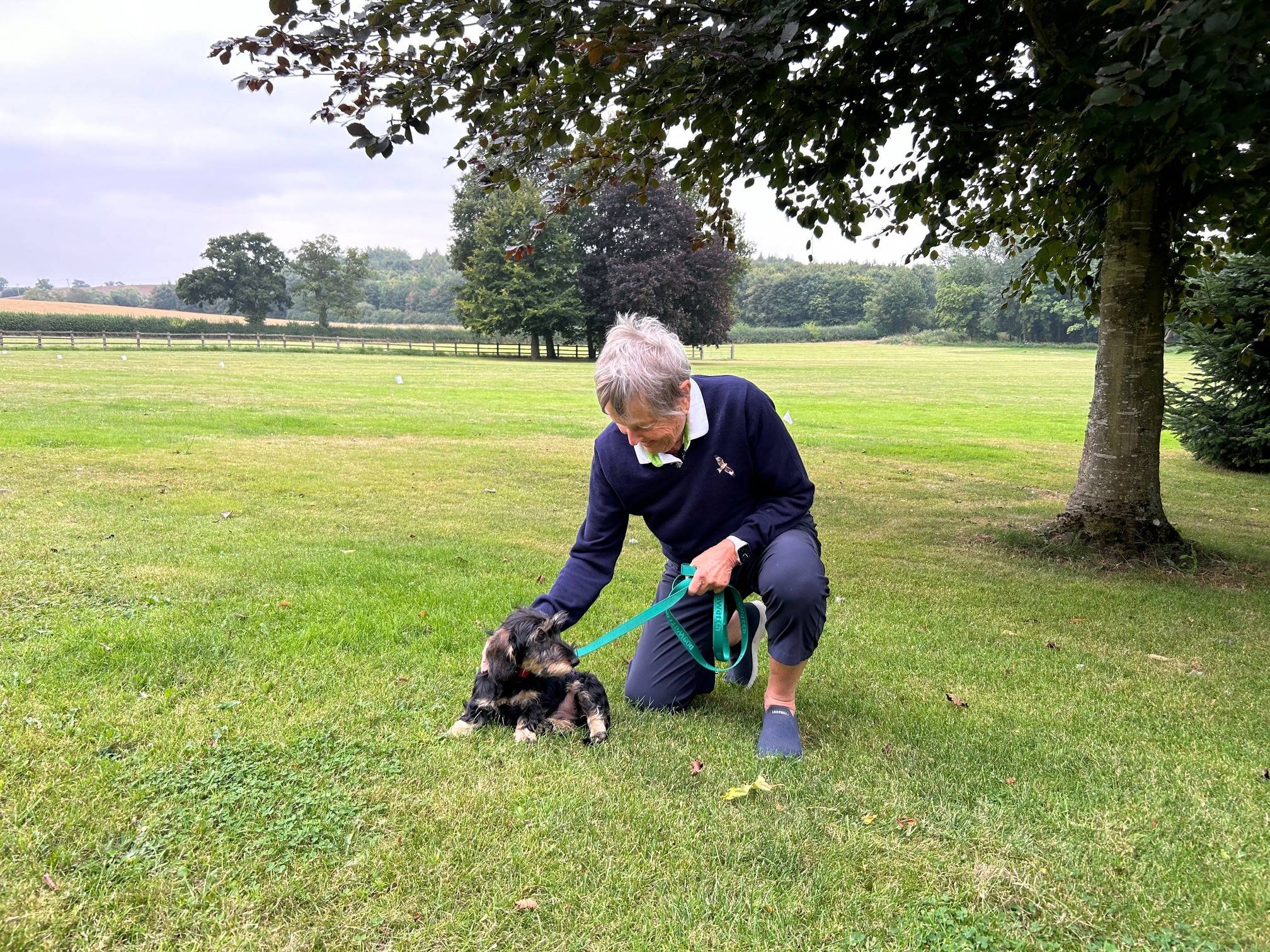
Confident Dachshund mastering his DogFence boundary training — giving him safe freedom outdoors
Why Choose DogFence?
- Over 22 years of experience
- DEFRA-approved and safe
- Tailored training for each dog
- Trusted by vets and behaviourists
- Over 20,000 pets safely contained across the UK
Our DogFence systems are DEFRA-approved and comply with all UK animal welfare legislation to ensure safety and peace of mind. Our systems have been tested by the UK’s leading animal behaviourists for both dogs and cats.
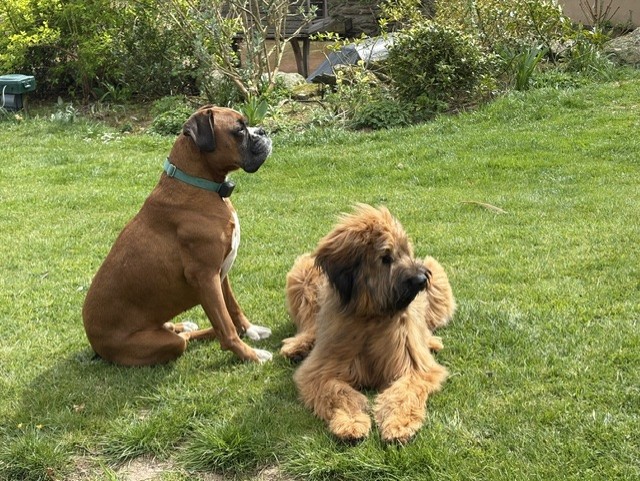
Relaxing together outdoors, safe and free thanks to DogFence — as seen in our dog fence reviews
Frequently Asked Questions About Dog Fences
Do electronic dog fences work for all breeds?
Yes! With proper training, they work for most breeds, even determined escape artists.
Will it harm my dog?
No. Our system is safe, DEFRA-approved, and designed to create a gentle learning experience.
Can I install it myself?
Yes, we offer a self-installation option, but most customers choose our professional installation and training service for best results.
Are dog fences legal?
Yes! Electronic dog fences are legal in the UK. DogFence systems are DEFRA-approved and meet all necessary safety and welfare standards.
Does the system work for cats?
Yes! DogFence systems are suitable for cats as well. With proper training, cats quickly learn to respect the boundary and enjoy safe outdoor freedom. You can start training your kitten from 16 weeks on our indoor system and once confident allow them outside.
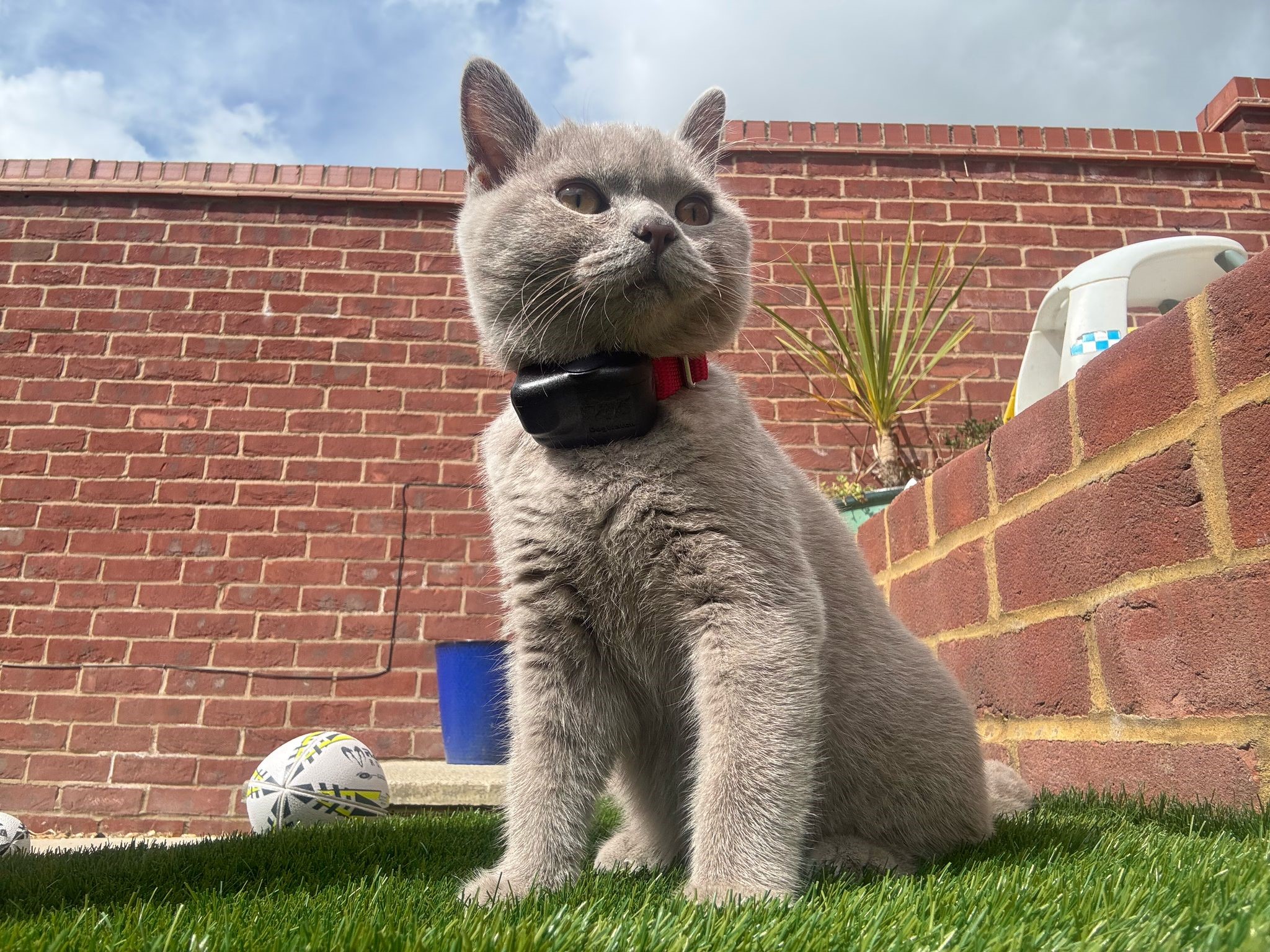
Little Leno (17 weeks) exploring the garden safely thanks to his DogFence system
Ready to Give Your Pet Freedom Without Worry?
If after reading some of the above dog fence reviews you’re considering a dog fence, take a look at our How It Works page or check out our FAQs for more details.
Get a free quote today or call us directly on 01628 476475 — we’re here to help keep your pets safe and happy.

